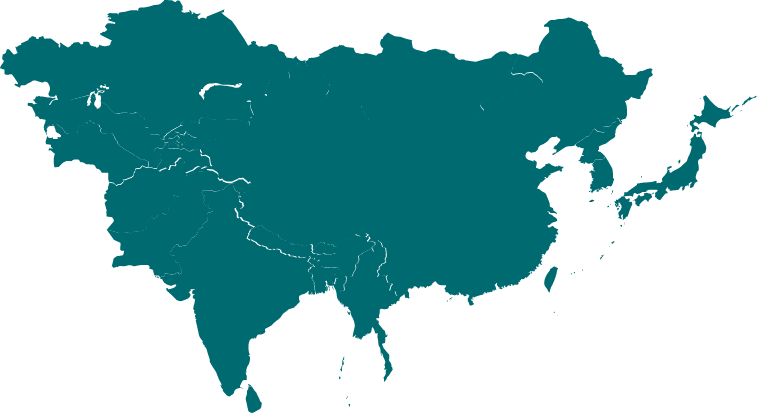
A Holi celebration inside Krishna’s temple in Nandgaon, Mathura district, Uttar Pradesh, India. Photo by Narender9 via Wikimedia Commons.
Holi, also known as the Festival of Colors, is celebrated every spring throughout India and the rest of the world. Although the holiday has religious roots in the Hindu tradition, celebrations are often more secular, involving throwing colored powder (both at friends and at strangers in the street) and lighting bonfires. Often, caste and social restrictions are suspended for Holi, with celebrations involving public flirting, competitions between men and women, and general merrymaking. Anyone – young or old; employee or employer – is a fair target for being covered in a rainbow of colors if they come within throwing range.
The holiday celebrates the triumph of good over evil, and the importance of religious faith; according to Hindu tradition, the demon king Hiranyakashyap was defeated by his son Prahlad when Prahlad’s faith and devotion to Lord Vishnu protected him from Hiranyakashyap’s attempts to kill him.
Holi has become popular with many cultures because of the attention the flamboyant celebrations attract. Holi festivals now span the globe as large gatherings of people in many countries celebrate by throwing vibrantly colored powder at each other, throwing water balloons, dancing and playing music, eating sweets, and making merry.
